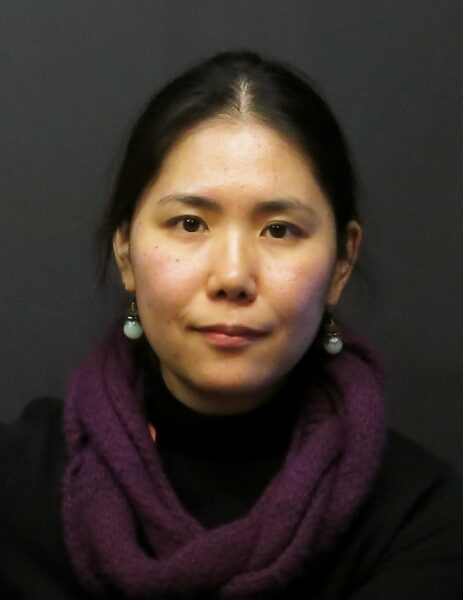"Flexible tuning of olfactory microcircuits" Dr. Izumi Fukunaga

Date
Location
Description
Abstract
Much progress has been made in humans and primates in understanding the properties of selective attention and executive control – the ability to flexibly allocate brain resources to behaviourally relevant aspects of the environment. But the relative lack of of invasive and molecular techniques applicable to these species limits gaining insights into its neural implementation.
The olfactory system in mice offers a unique advantage for studying transformations from sensation to complex behavior and their underlying mechanisms. Mice learn olfactory tasks readily, and its primary sensory area, the olfactory bulb, already receives dense feedback and neuromodulatory input.
To address the first step in the relevant pathways and to gain understanding of how the olfactory bulb represents the outside world, I studied the intracellular physiology of identified olfactory bulb neurons in vivo. I found that, aside from firing rate changes evoked by odours, the output of the olfactory bulb is highly temporally structured both on slow and fast timescales. Optogenetic perturbations of specific populations of inhibitory neurons revealed crucial and selective roles they play.
These findings in turn beg the question: what roles do such signal transformations play in guiding behaviour, and are they tuned selectively depending on behavioural demands? I hypothesise that the distinct circuit components can be recruited to emphasise different stimulus features as the relevant behavioural cues change. Preliminary experiments using chronic two-photon microscopy during olfactory discriminations suggest that olfactory bulb neurons respond to the same odours differently depending on the task at hand. This approach will form a basis for investigating the mechanisms of circuit tuning: which cellular and circuit mechanisms do the top-down signals target and the effect of such modulation on integration of signals in higher areas, in addition to investigating the nature of attentional signals.
Biography
Izumi Fukunaga obtained her PhD in Neuroscience in 2009 from University College London UK, where she was a Wellcome Trust PhD student. She investigated the mechanisms of cerebellar learning and memory in Christopher Yeo’s group, using the classical eye-blink conditioning of the rabbit as a model. For post-doctoral research, she joined Andreas Schaefer’s laboratory at Max Planck Institute for Medical Research in Heidelberg, Germany, as a Humboldt post-doctoral fellow, and subsequently The Francis Crick Institute in London, UK, as a Career Development Fellow. There she focused on elucidating the nature of olfactory representation and underlying cellular and network mechanisms in the mouse olfactory bulb in vivo using intracellular recording from identified neurons, pharmacology and optogenetic manipulations.
Subscribe to the OIST Calendar: Right-click to download, then open in your calendar application.



